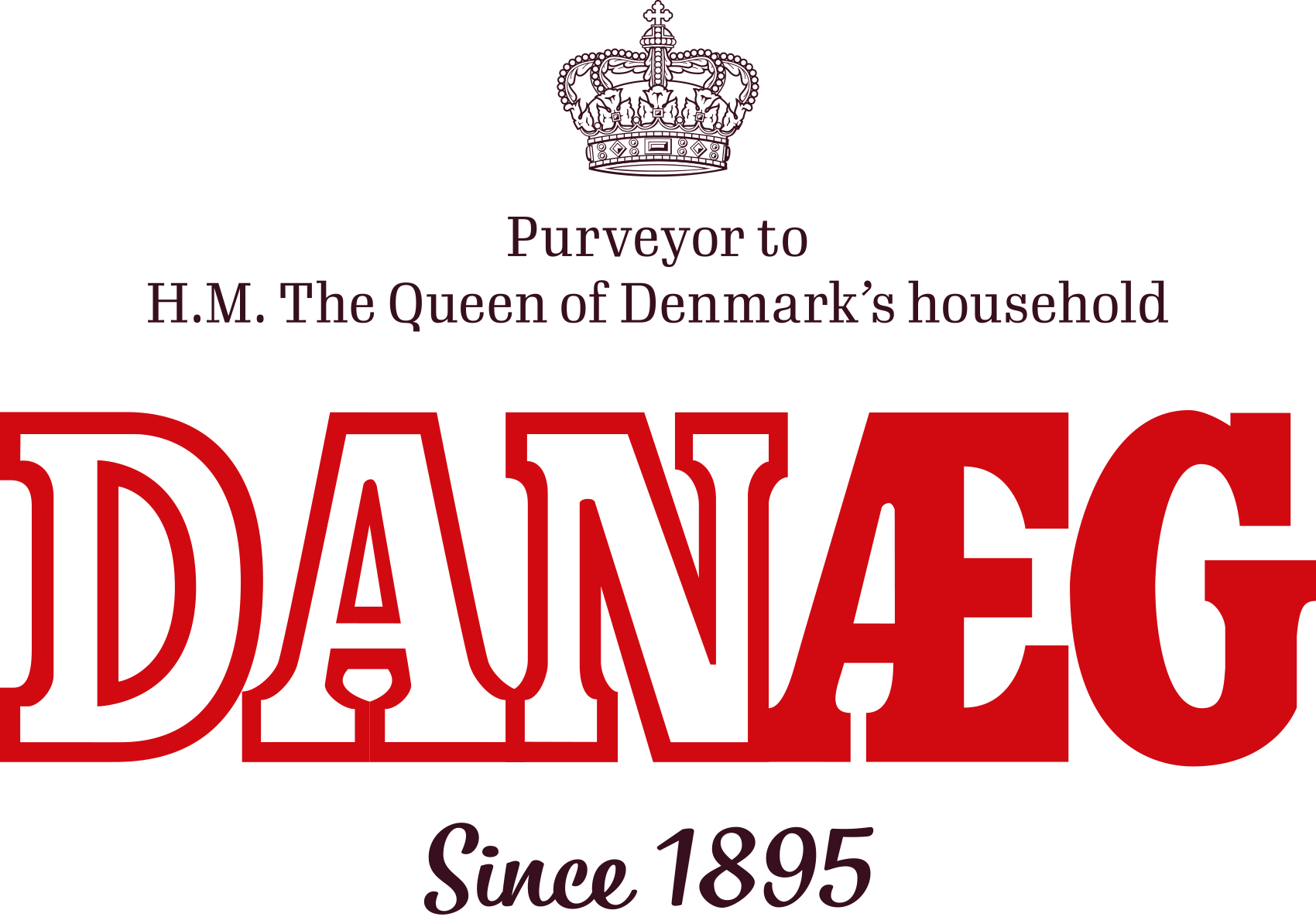STRICT SALMONELLA CONTROL
Salmonella control every week
One of Danæg's most important tasks is the prevention of the most well-known, serious disease in hen flocks: salmonella. Efforts to avoid the disease have intensified over the last 25 years. Today, Danish eggs are among the safest in the world. Here you can read how we work with salmonella prevention.
2500 different types
What is salmonella?
The most well-known, severe disease in hen flocks is salmonella. It is a feared bacterial infection because the disease through the hens' eggs can be dangerous to humans. The infection can occur in more than 2500 different types, but the type called S. Enteritidis is responsible for the majority of human salmonella cases. There is no difference in the occurrence of salmonella in different types of eggs.
Detailed quality work
Pervasive control
At the Danæg Group's egg packing facilities, the transportation belts for the eggs are tested for salmonella and transport packaging is disinfected before being reused. This detail-oriented quality work means, among other things, that we can label our egg trays with "eggs from hens tested free of all types of salmonella".
Tested for all types of salmonella
Samples for test
In parallel with the quality work in the egg packing facilities, Danish egg producers must submit samples for examination for salmonella minimum every 2 weeks. A sample is done by the farmer while taking a walk in the hen barn with a gauze around the shoes. The gauze thus collects fertilizer from the barn. The sample is then submitted for bacteriological examination for all types of salmonella.
At Danæg, we have introduced additional salmonella tests so that our hen flocks are tested every week.
